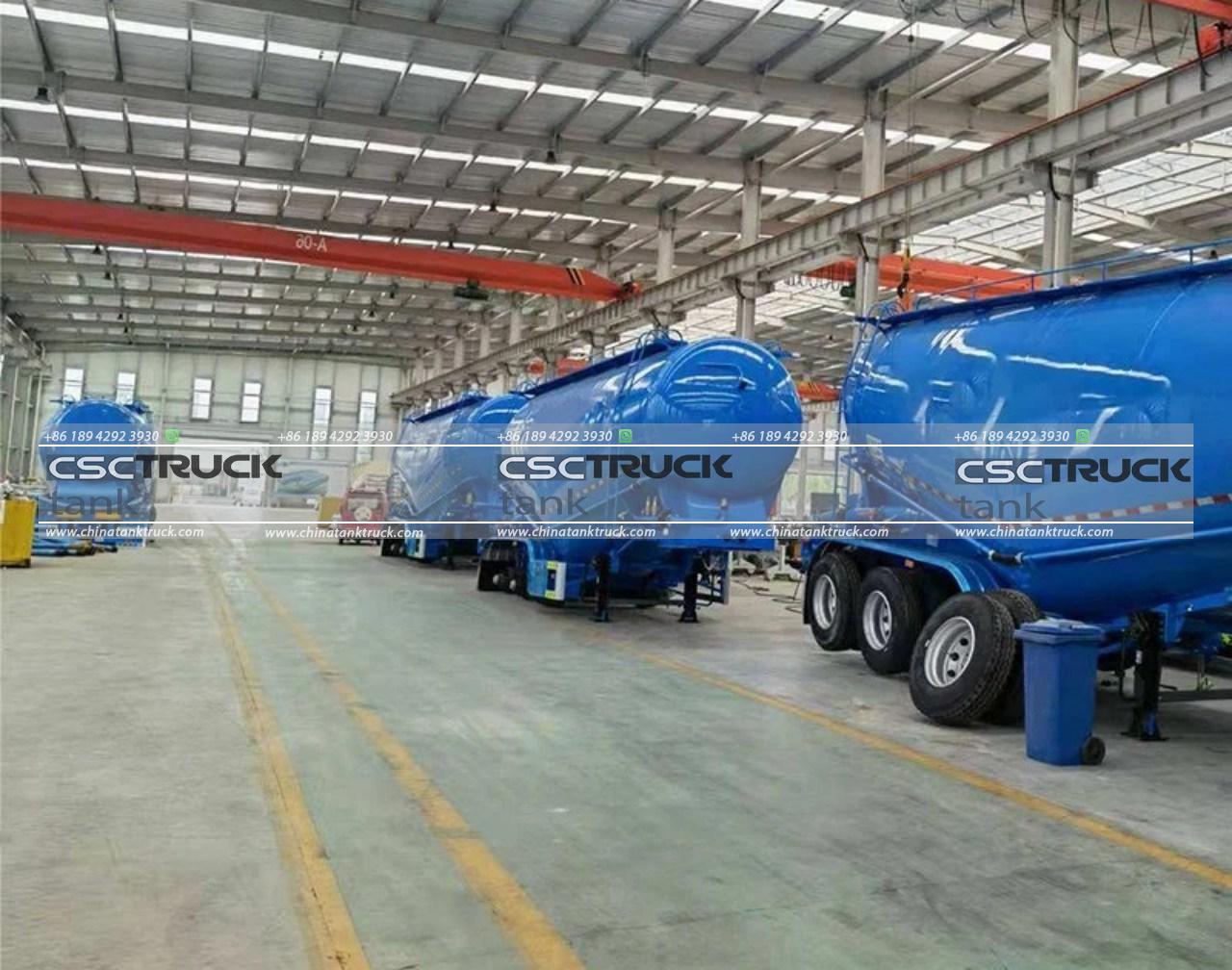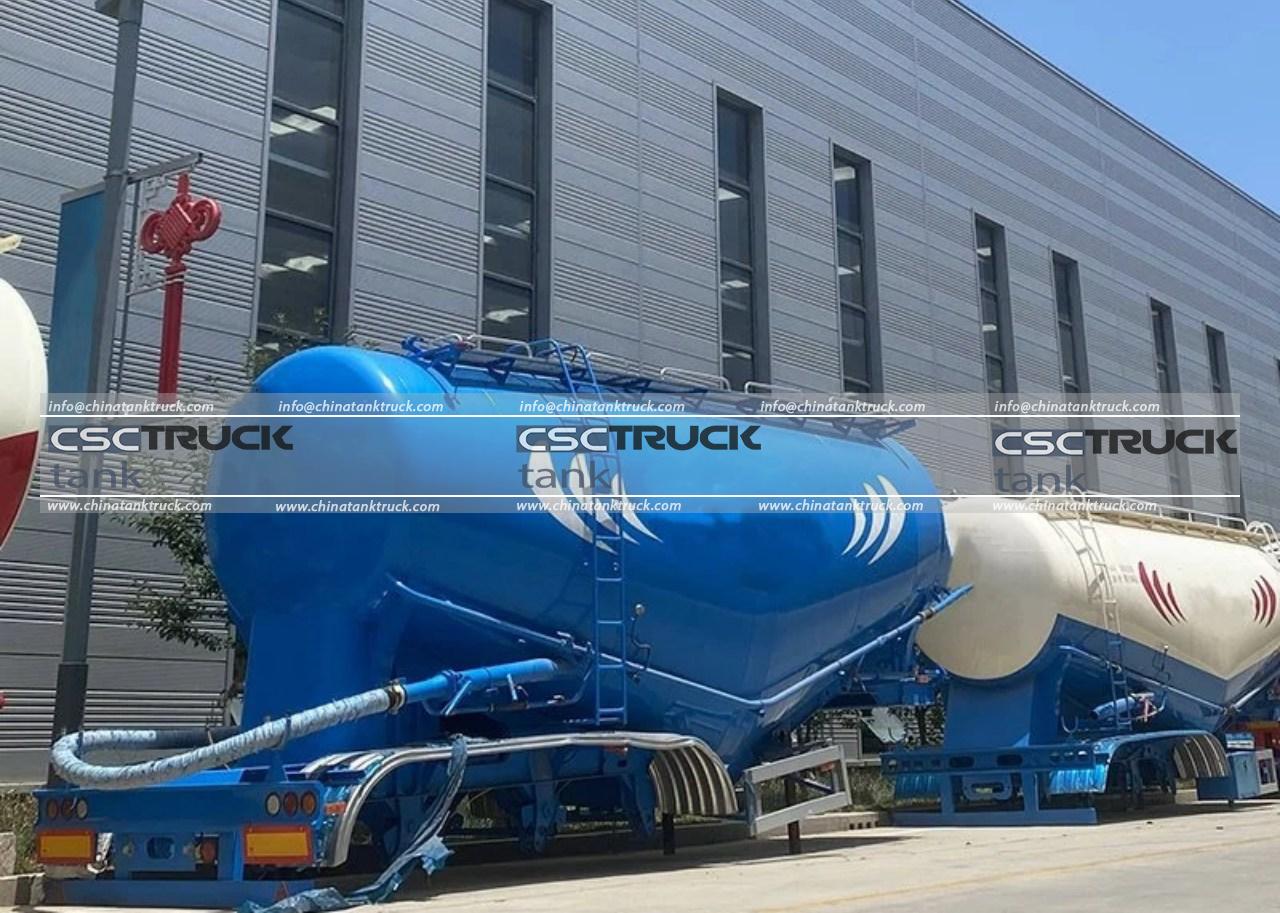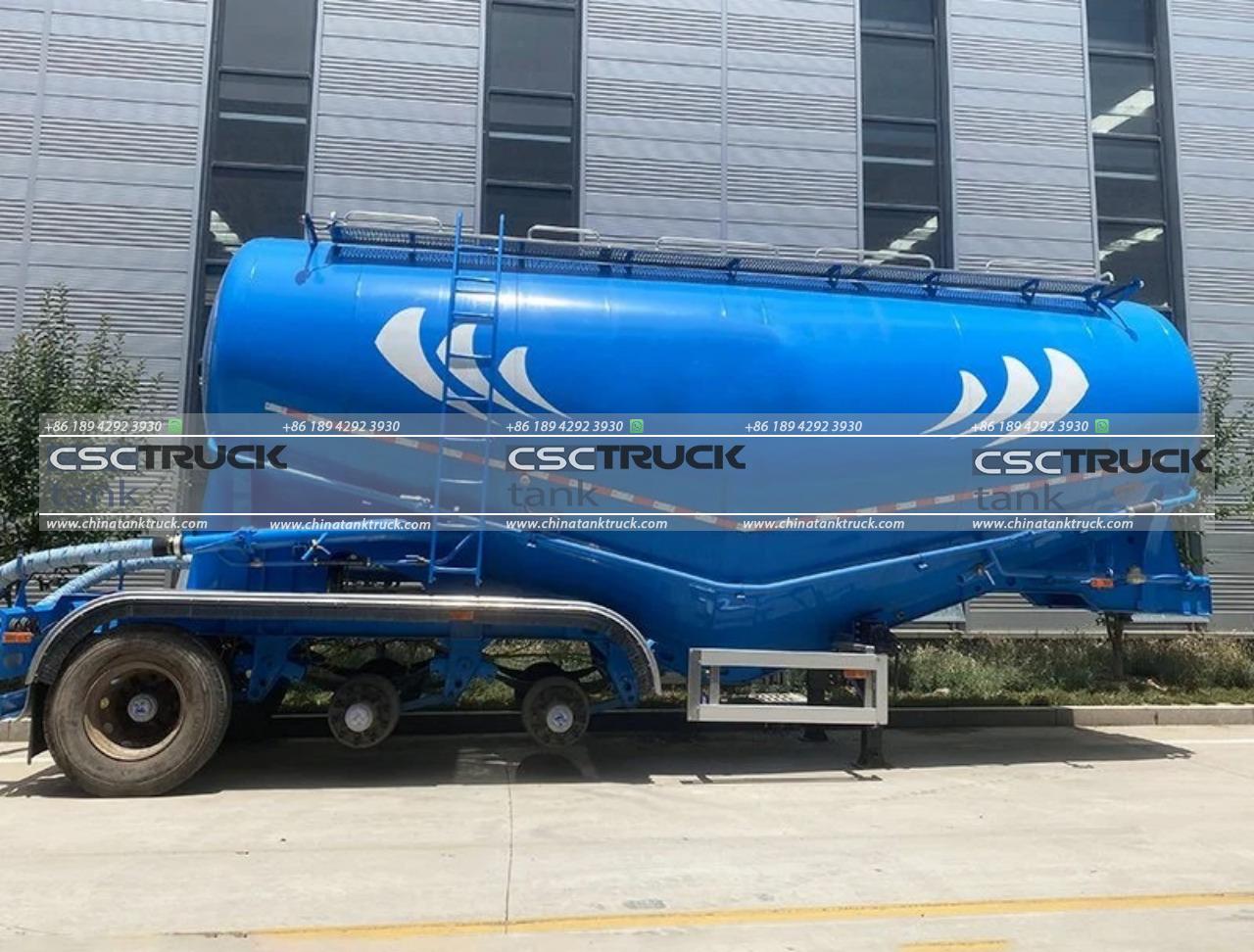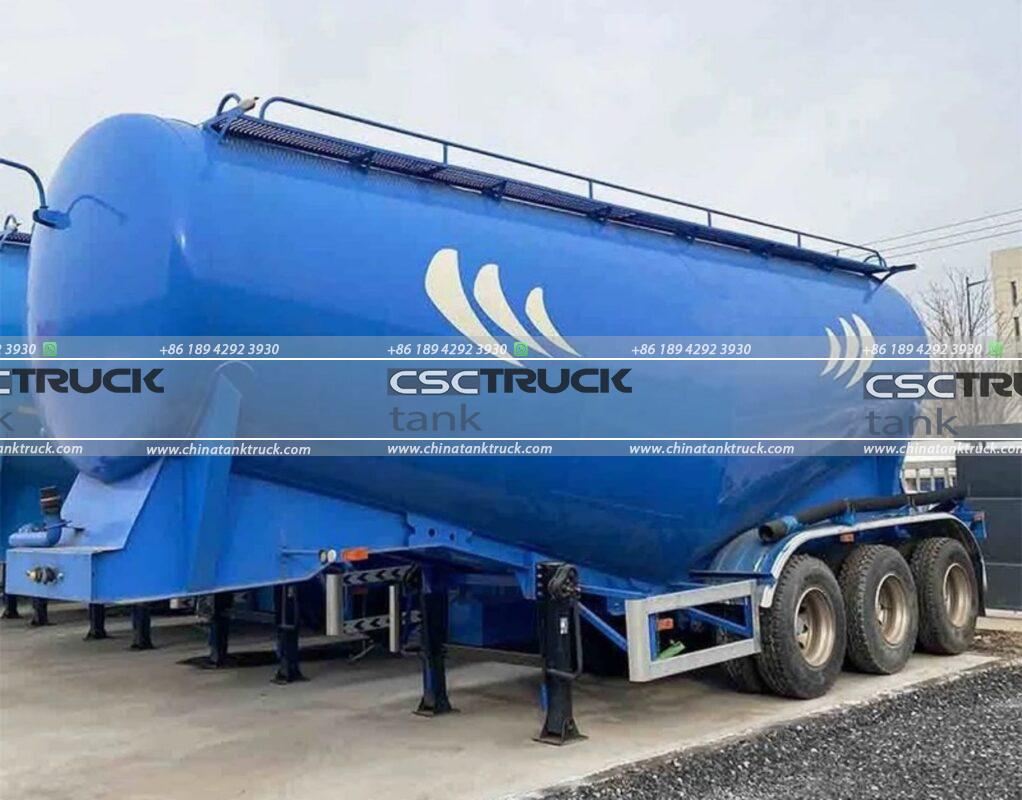What is the Pressure in a Pneumatic Tank?
Pneumatic systems are vital in many industries for transporting bulk materials, including powders, granules, and other dry substances. Central to these systems is the pneumatic tank, a crucial component designed to store and transport materials under pressure. Understanding the pressure dynamics within a pneumatic tank is essential for optimizing its operation, ensuring safety, and improving efficiency in various industrial processes.
Understanding Pneumatic Tanks
A pneumatic tank is essentially a pressure vessel designed to store and transport materials using compressed air or gas. These tanks are integral to pneumatic conveying systems, which rely on the flow of air or gas to move materials from one point to another. The pressure inside the pneumatic tank is a key factor that influences the efficiency of material movement, the safety of operations, and the overall performance of the pneumatic system.
Pneumatic tanks are widely used in industries such as agriculture, construction, food processing, and chemical manufacturing. They are typically constructed from durable materials like steel or aluminum to withstand the high pressures and harsh conditions often encountered in industrial environments. The design and construction of these tanks are governed by strict standards and regulations to ensure they can safely contain the pressure required for operation.

The Role of Pressure in a Pneumatic Tank
The pressure inside a pneumatic tank is critical for several reasons:
1. Material Movement: The primary function of a pneumatic tank is to facilitate the movement of materials. The pressure inside the tank creates the force necessary to push the material out of the tank and into the conveying system. Higher pressures generally allow for faster and more efficient material movement, which can increase productivity.
2. System Efficiency: The efficiency of a pneumatic conveying system is closely related to the pressure within the tank. Proper pressure management ensures that materials are moved through the system with minimal energy consumption. This can lead to cost savings and reduced environmental impact.
3. Safety Considerations: Maintaining the correct pressure within a pneumatic tank is essential for safety. Over-pressurization can lead to tank failure, which could result in dangerous explosions or the release of hazardous materials. Conversely, insufficient pressure can cause blockages or system inefficiencies that may also pose safety risks.
Determining the Optimal Pressure in a Pneumatic Tank
The optimal pressure in a pneumatic tank depends on several factors, including the type of material being transported, the design of the conveying system, and the distance the material needs to travel. However, a general understanding of the principles governing pressure in pneumatic tanks can help determine the appropriate pressure for a given application.
1. Material Characteristics: Different materials require different pressures for efficient transportation. Fine powders, for example, may need higher pressures to prevent them from settling and clogging the system, whereas larger granules may require less pressure.
2. System Design: The design of the pneumatic conveying system, including the diameter of the pipes, the length of the system, and the presence of bends or junctions, will influence the required pressure. Systems with longer distances or more complex layouts may need higher pressures to maintain material flow.
3. Environmental Factors: External factors, such as temperature and humidity, can also impact the pressure requirements in a pneumatic tank. For instance, high temperatures can cause air to expand, potentially increasing pressure, while humidity can affect the flow characteristics of certain materials.
4. Regulatory Standards: Industry standards and regulations often dictate the maximum allowable pressure in pneumatic tanks to ensure safe operation. These standards take into account factors such as the material of construction, the intended use of the tank, and the specific industrial environment in which it will be used.

Measuring and Controlling Pressure in a Pneumatic Tank
Accurately measuring and controlling the pressure in a pneumatic tank is crucial for ensuring safe and efficient operation. Several instruments and technologies are used to monitor and regulate pressure levels:
1. Pressure Gauges: Pressure gauges are standard devices used to measure the pressure inside a pneumatic tank. These gauges can be analog or digital and provide real-time readings that help operators monitor and adjust pressure as needed.
2. Pressure Relief Valves: To prevent over-pressurization, pneumatic tanks are equipped with pressure relief valves. These valves automatically release pressure if it exceeds a predetermined limit, protecting the tank from potential damage.
3. Pressure Regulators: Pressure regulators are used to maintain a constant pressure within the tank, regardless of fluctuations in the supply of compressed air or gas. These devices are essential for ensuring consistent operation and preventing pressure-related issues.
4. Automated Control Systems In modern pneumatic systems, automated control systems are often used to monitor and adjust pressure levels continuously. These systems can be programmed to maintain optimal pressure based on the specific requirements of the material being transported and the design of the conveying system.
Challenges and Considerations
While managing pressure in a pneumatic tank is essential, it is not without its challenges. Some of the key considerations include:
1. Pressure Fluctuations: Pressure fluctuations can occur due to changes in the supply of compressed air or gas, variations in material flow, or environmental factors. These fluctuations can affect the performance of the pneumatic system and may require adjustments to maintain optimal pressure.
2. Maintenance and Inspection: Regular maintenance and inspection of pneumatic tanks and associated components are necessary to ensure they remain in good working condition. This includes checking for signs of wear or damage, testing pressure relief valves, and calibrating pressure gauges.
3. Energy Efficiency: Maintaining the correct pressure in a pneumatic tank is not only crucial for operation but also for energy efficiency. Over-pressurization can lead to unnecessary energy consumption, while under-pressurization can result in inefficiencies that increase operational costs.
4. Material Compatibility: The pressure inside the pneumatic tank must be compatible with the material being transported. Some materials may be sensitive to high pressure, which could cause degradation or changes in their properties.

Conclusion
The pressure in a pneumatic tank plays a critical role in the operation of pneumatic conveying systems. It affects material movement, system efficiency, and safety, making it a key factor in the design and operation of these systems. By understanding the factors that influence pressure and implementing appropriate measurement and control strategies, operators can optimize the performance of pneumatic tanks, reduce costs, and ensure safe operation in a wide range of industrial applications.
Whether transporting fine powders in a chemical plant or bulk grain in an agricultural setting, managing the pressure in a pneumatic tank is essential for achieving optimal results. With the right tools and knowledge, it is possible to maintain the ideal pressure, ensuring that materials are moved efficiently and safely from one location to another.

